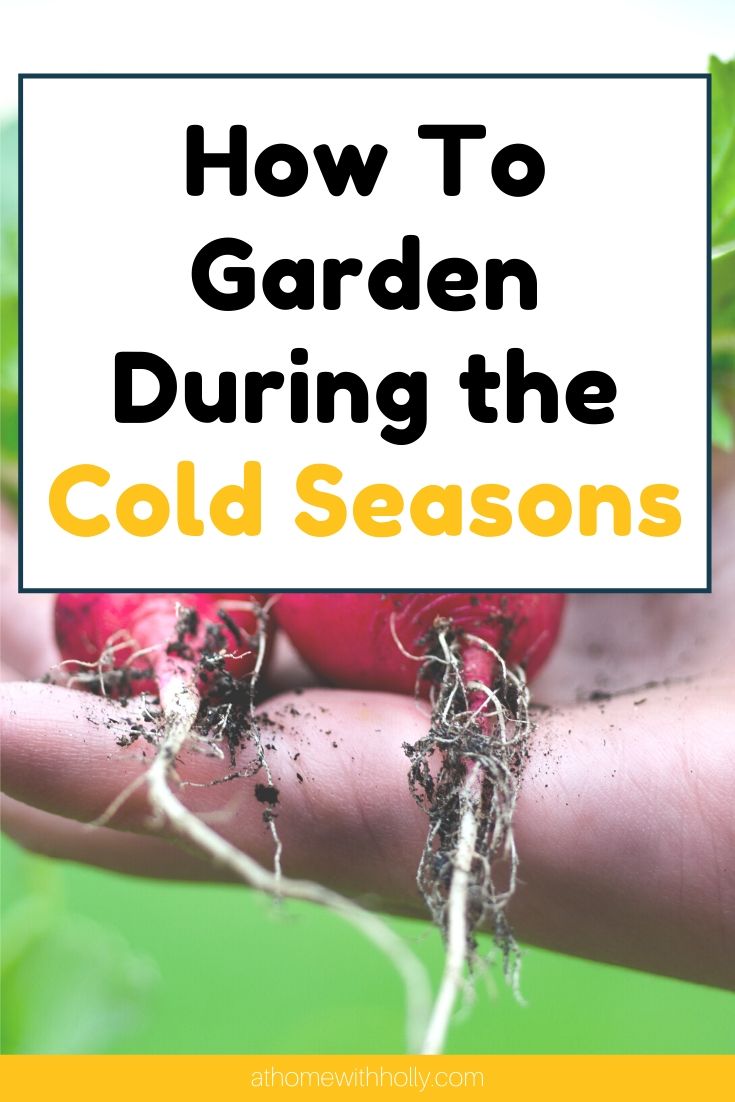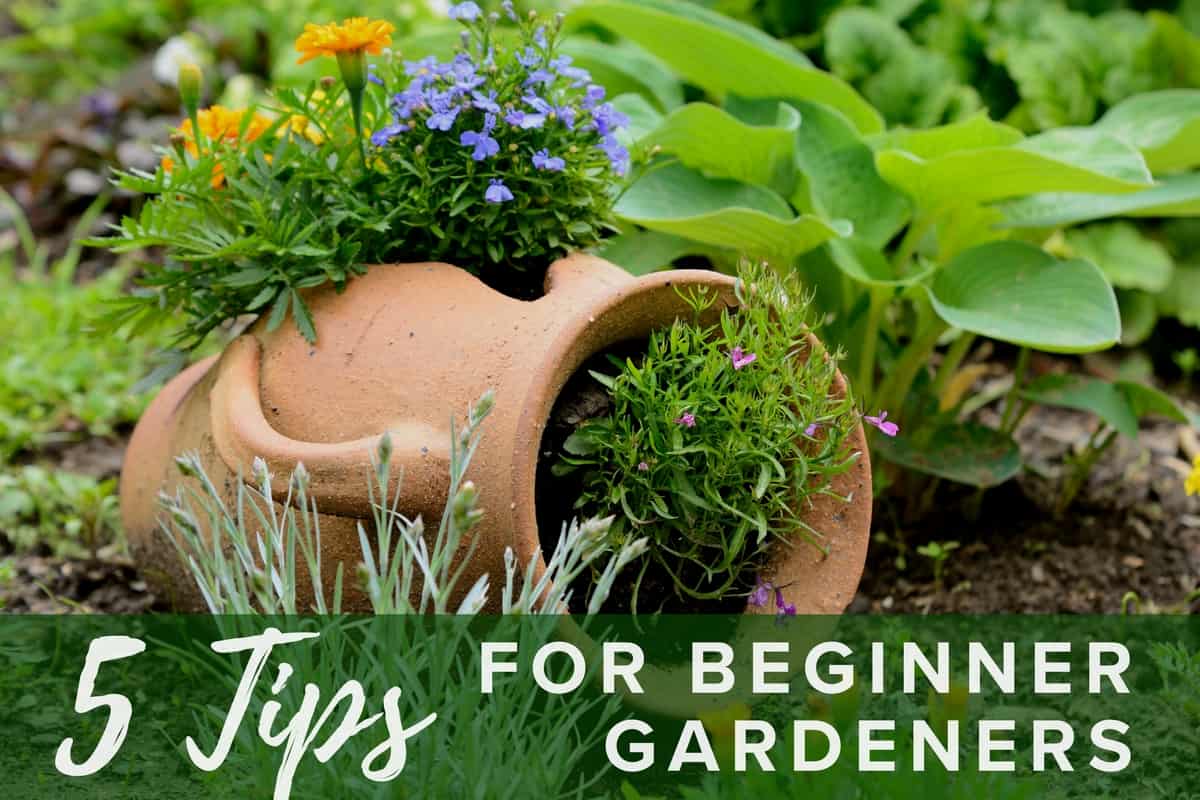Organic Winter Gardening: Beginner's Guide

Are you a beginner gardener who thinks that the cold season means the end of your green thumb adventures? Think again! Organic winter gardening can be just as rewarding as summer gardening, and it comes with its own unique charm. Imagine stepping out into your frosty winter vegetable garden, harvesting fresh greens, and creating a hearty meal that's not only delicious but also grown with your own hands. Let's dive into the world of organic winter gardening and explore the methods that will turn your garden into a cold-season oasis.
Why Organic Winter Gardening?
Organic winter gardening is not just about growing vegetables; it's about nurturing the soil and the ecosystem. By using organic techniques, you avoid harmful chemicals and promote a healthier environment. Plus, there's something deeply satisfying about growing your own food, especially during the colder months when fresh produce can be scarce.
Getting Started: Essential Tools and Preparation
Before you dive into planting, make sure you have the right tools. You'll need:
- Gardening Gloves: To protect your hands from the cold and soil.
- Hand Trowel: For planting and transplanting.
- Rake: To prepare the soil.
- Compost: To enrich the soil naturally.
- Row Covers or Cloches: To protect your plants from frost.

Choosing the Right Cold Hardy Plants
Not all plants can withstand the cold, but many can thrive in cooler temperatures. Some of the best cold hardy plants for your winter vegetable garden include:
- Kale: This leafy green is incredibly hardy and can even taste sweeter after a frost.
- Spinach: Perfect for salads and cooking, spinach loves the cool weather.
- Carrots: They grow well in cold soil and can be harvested throughout the winter.
- Broccoli: This cruciferous vegetable can handle light frosts and is a great addition to winter meals.
- Garlic: Plant it in the fall for a summer harvest.
Preparing Your Soil for Winter Gardening
Healthy soil is the foundation of any successful garden. Before planting, make sure your soil is well-draining and rich in organic matter. Adding compost is a great way to improve soil quality. Compost not only provides nutrients but also helps retain moisture and improves soil structure.
Steps to Prepare Your Soil:
- Test Your Soil: Knowing the pH and nutrient levels can help you make informed decisions about what to add.
- Add Compost: Mix in a generous amount of compost to enrich the soil.
- Till or Turn: Lightly till the soil to incorporate the compost and improve aeration.
Planting Techniques for Beginner Gardeners
Planting in the winter requires a bit more care than in the summer. Here are some tips to get you started:
- Timing: Plant your seeds or seedlings at the right time. Many winter vegetables should be planted in late summer or early fall.
- Spacing: Ensure proper spacing to allow for growth and air circulation.
- Watering: Keep the soil consistently moist but not waterlogged.

Protecting Your Winter Vegetable Garden
Protection is key in organic winter gardening. Here are some methods to safeguard your plants:
- Row Covers: These lightweight fabrics can protect your plants from frost and pests.
- Cloches: Individual plant covers that create a mini greenhouse effect.
- Mulching: A layer of organic mulch can insulate the soil and retain moisture.
Organic Techniques for Pest Control
Even in the winter, pests can be a problem. Here are some organic techniques to keep them at bay:
- Companion Planting: Planting certain plants together can deter pests. For example, marigolds can repel nematodes.
- Beneficial Insects: Attracting ladybugs and lacewings can help control aphids and other pests.
- Organic Pesticides: Use natural pesticides like neem oil or insecticidal soap.
Harvesting and Storing Your Winter Produce
Harvesting in the winter can be a delightful experience. Here are some tips:
- Timing: Harvest your vegetables when they are mature but before they become overripe.
- Storage: Store your produce in a cool, dark place. Root vegetables can be stored in a root cellar or a cool basement.
- Preservation: Consider canning, freezing, or pickling your produce to extend its shelf life.
Conclusion
Organic winter gardening is a rewarding hobby that not only provides fresh produce but also connects you with nature. By choosing the right plants, preparing your soil, and using organic techniques, you can create a thriving winter vegetable garden. So, why not embrace the cold and start your organic winter gardening journey today?
FAQs
What are the best vegetables to grow in the winter?
- Some of the best vegetables to grow in the winter include kale, spinach, carrots, broccoli, and garlic. These plants are cold hardy and can thrive in cooler temperatures.
How do I protect my winter garden from frost?
- You can protect your winter garden from frost by using row covers, cloches, or mulching. These methods help insulate the plants and retain moisture.
What are some organic techniques for pest control in the winter?
- Organic techniques for pest control include companion planting, attracting beneficial insects, and using natural pesticides like neem oil or insecticidal soap.
When should I plant my winter vegetables?
- Many winter vegetables should be planted in late summer or early fall. This allows them to establish before the coldest months.
How do I store my winter produce?
- Store your winter produce in a cool, dark place. Root vegetables can be stored in a root cellar or a cool basement. You can also consider canning, freezing, or pickling your produce to extend its shelf life.
0 Response to "Organic Winter Gardening: Beginner's Guide"
Post a Comment